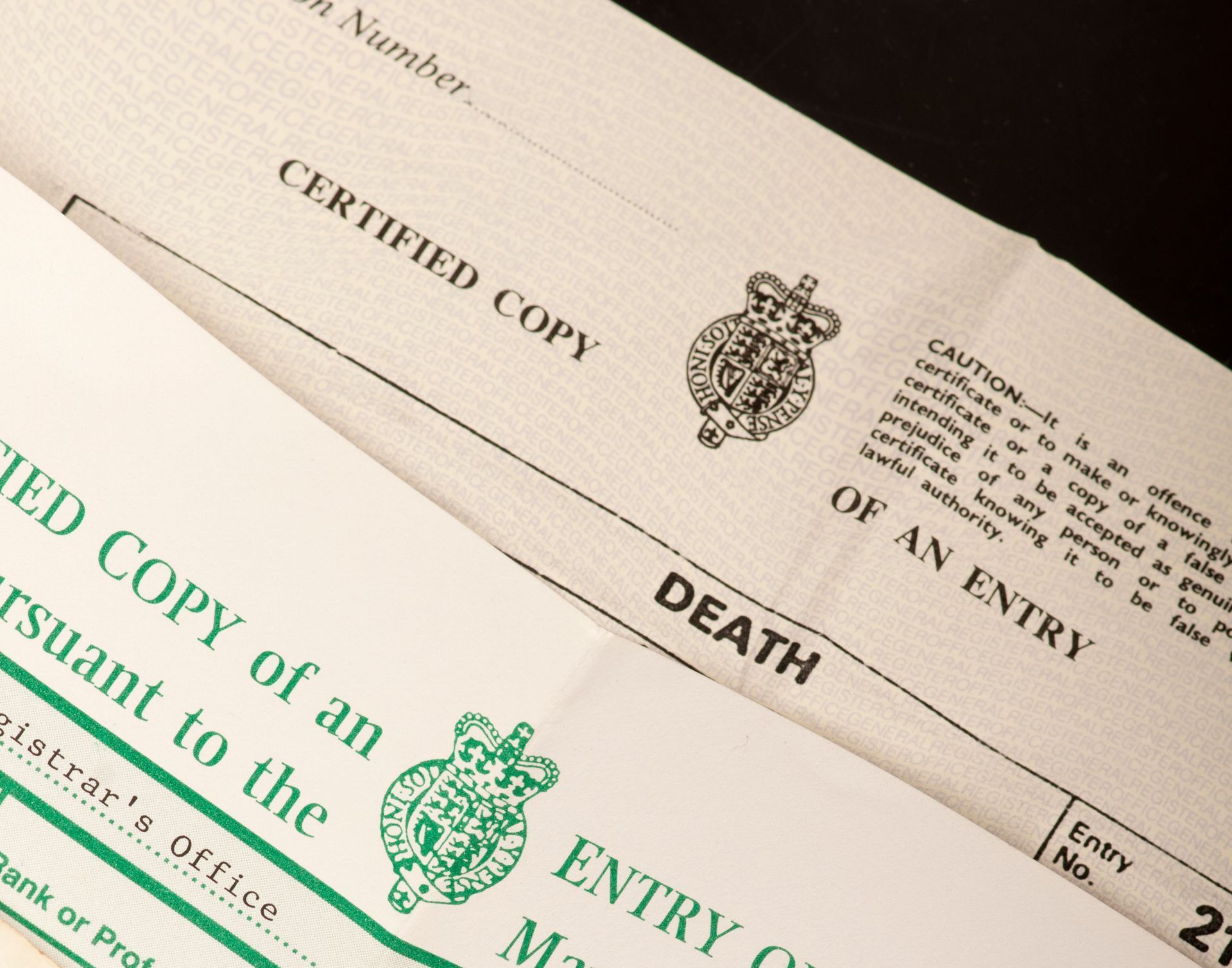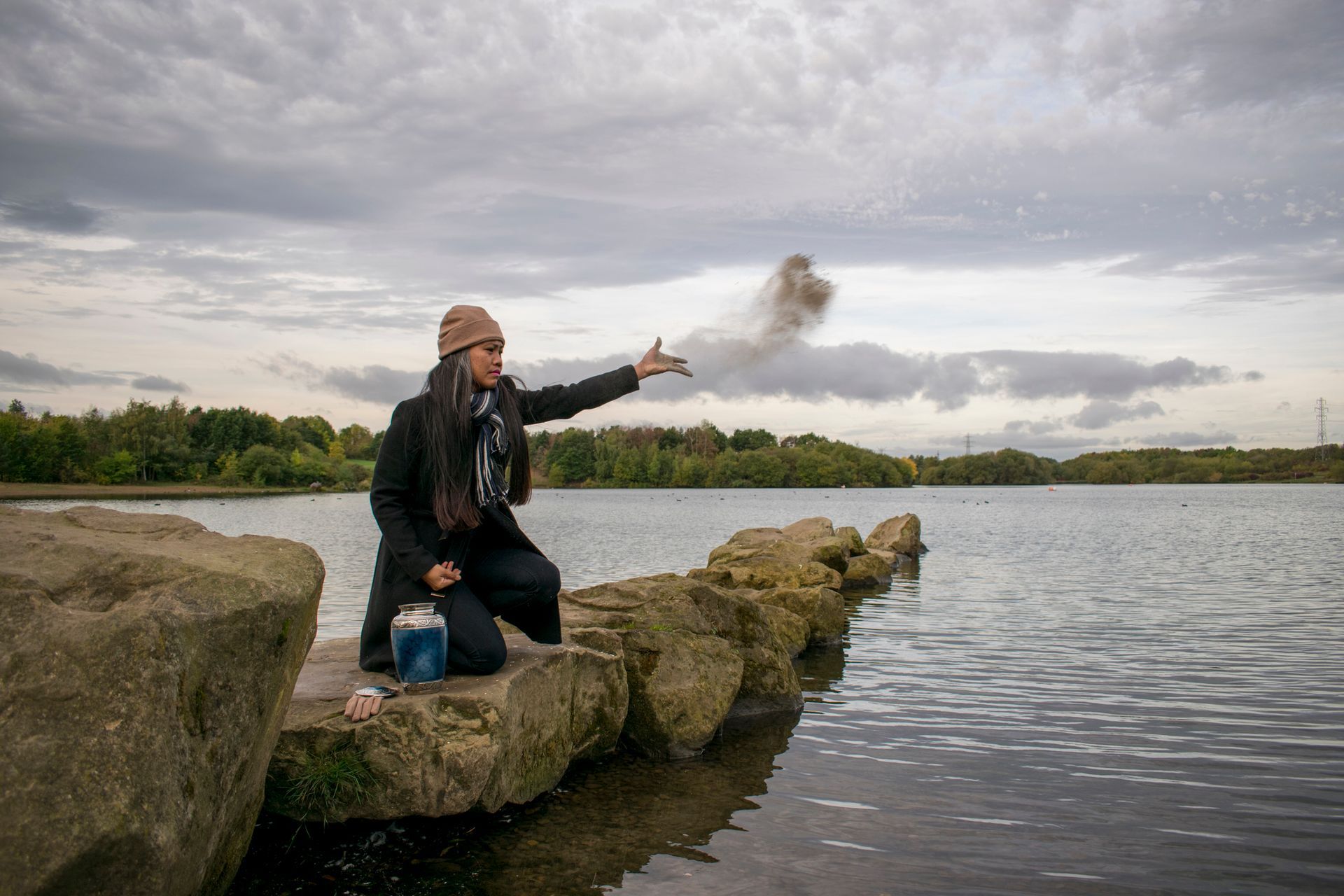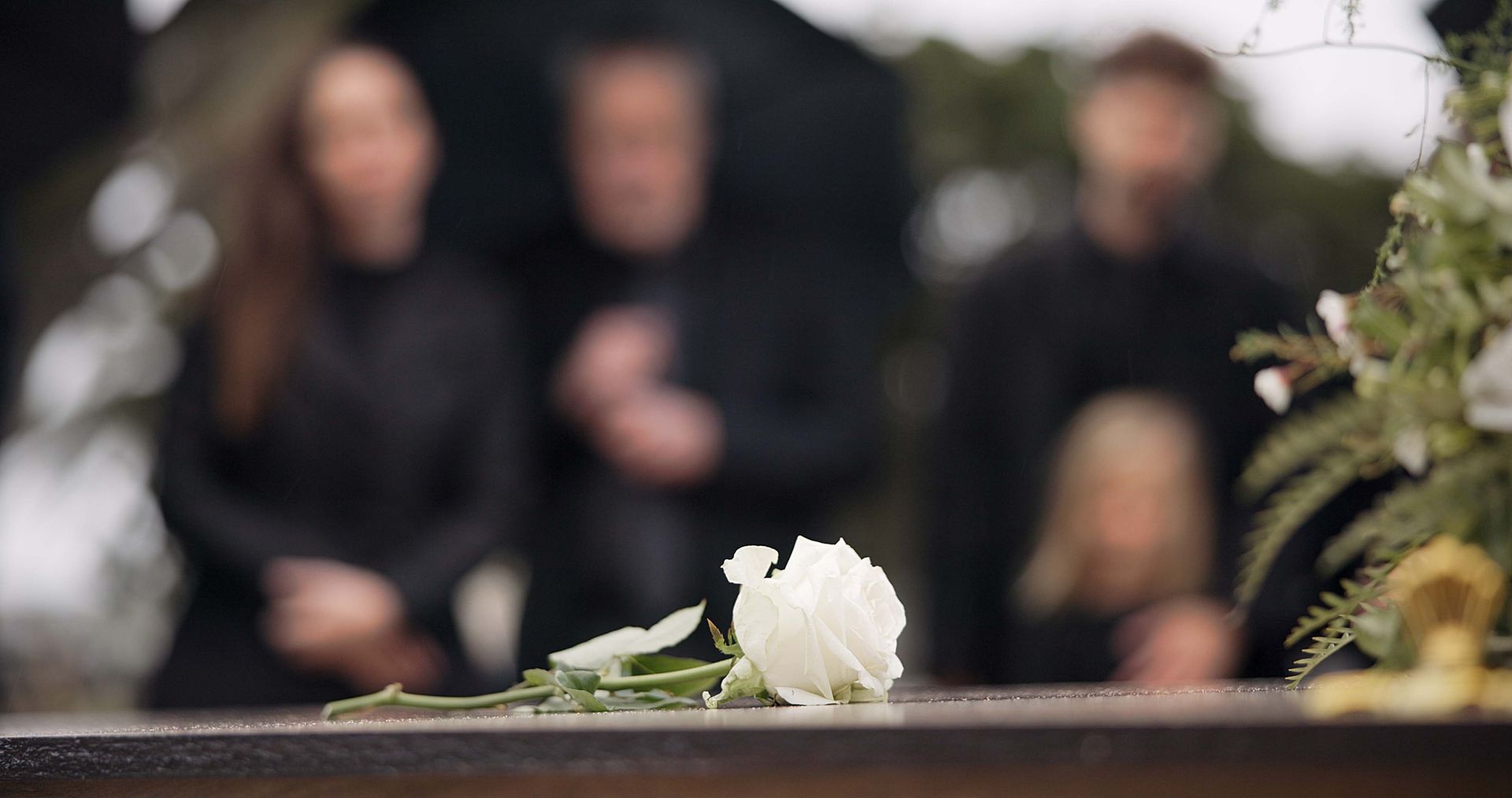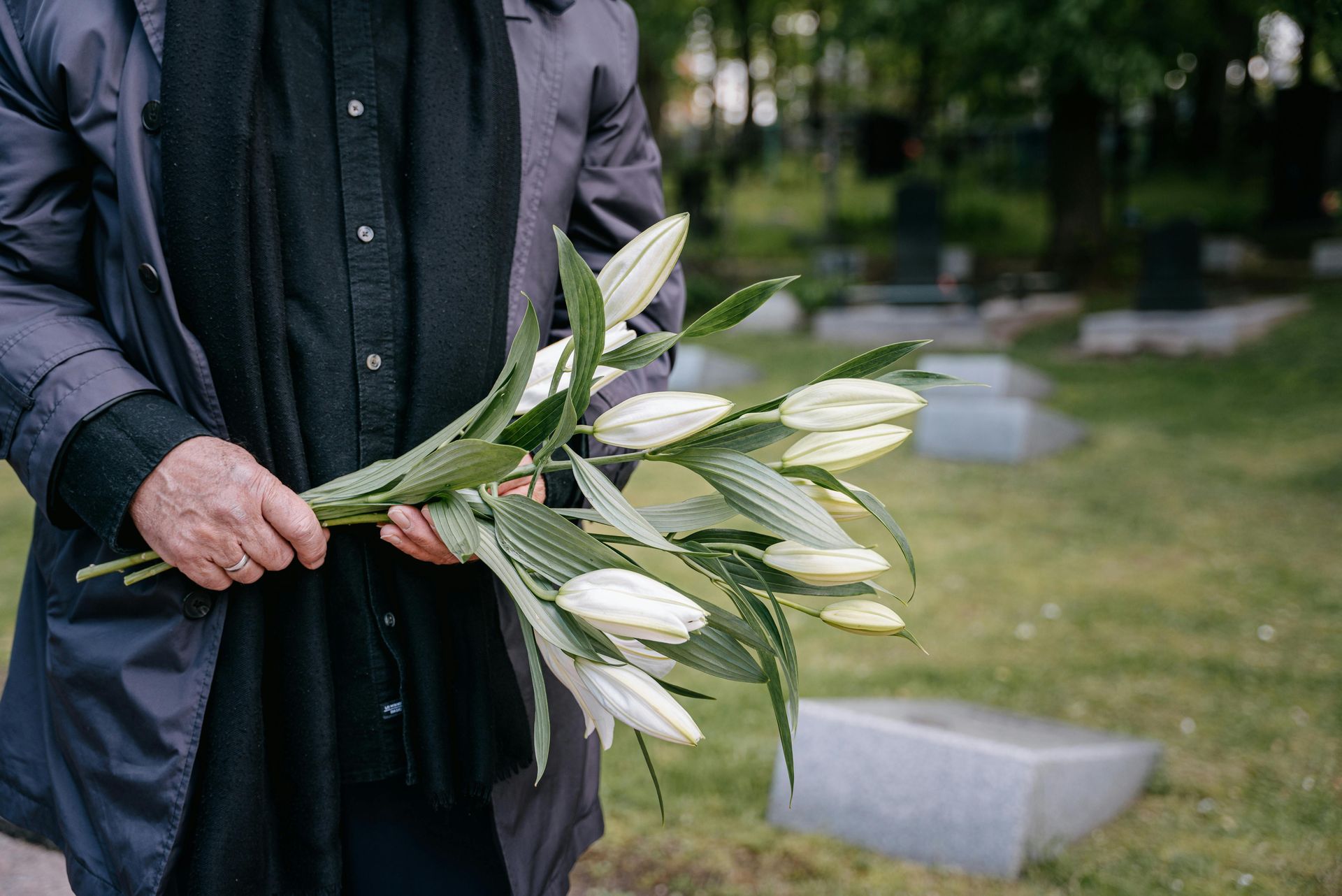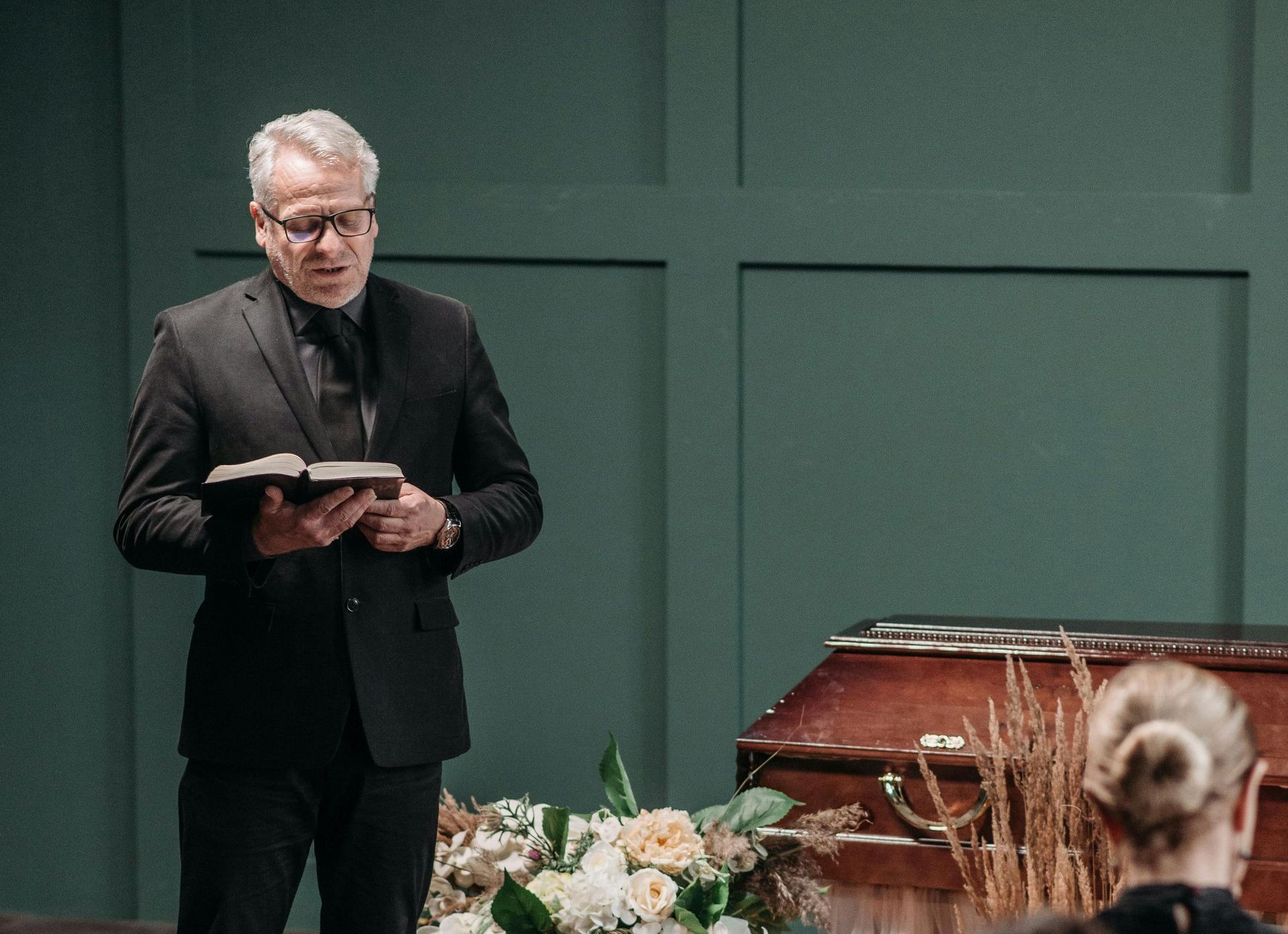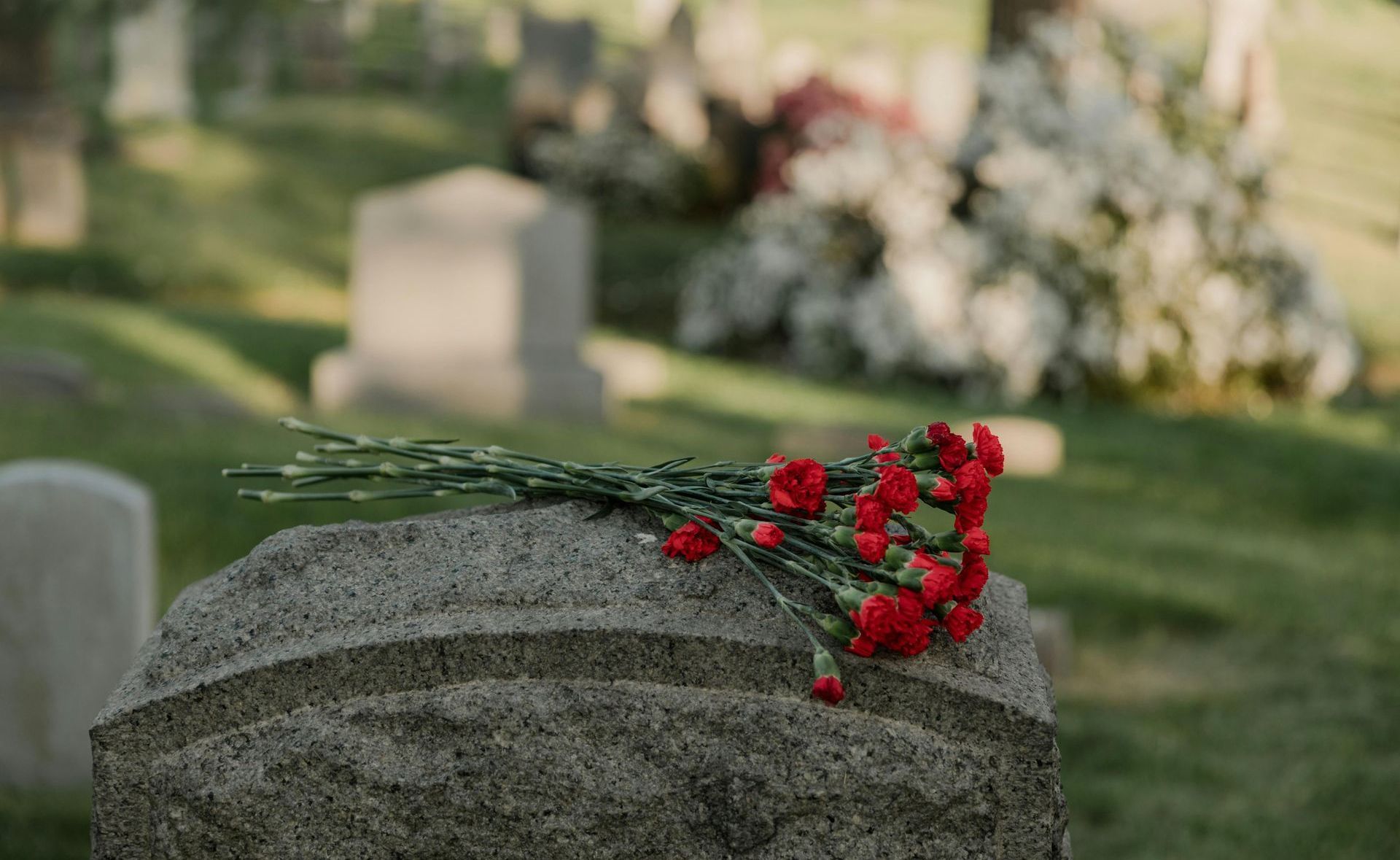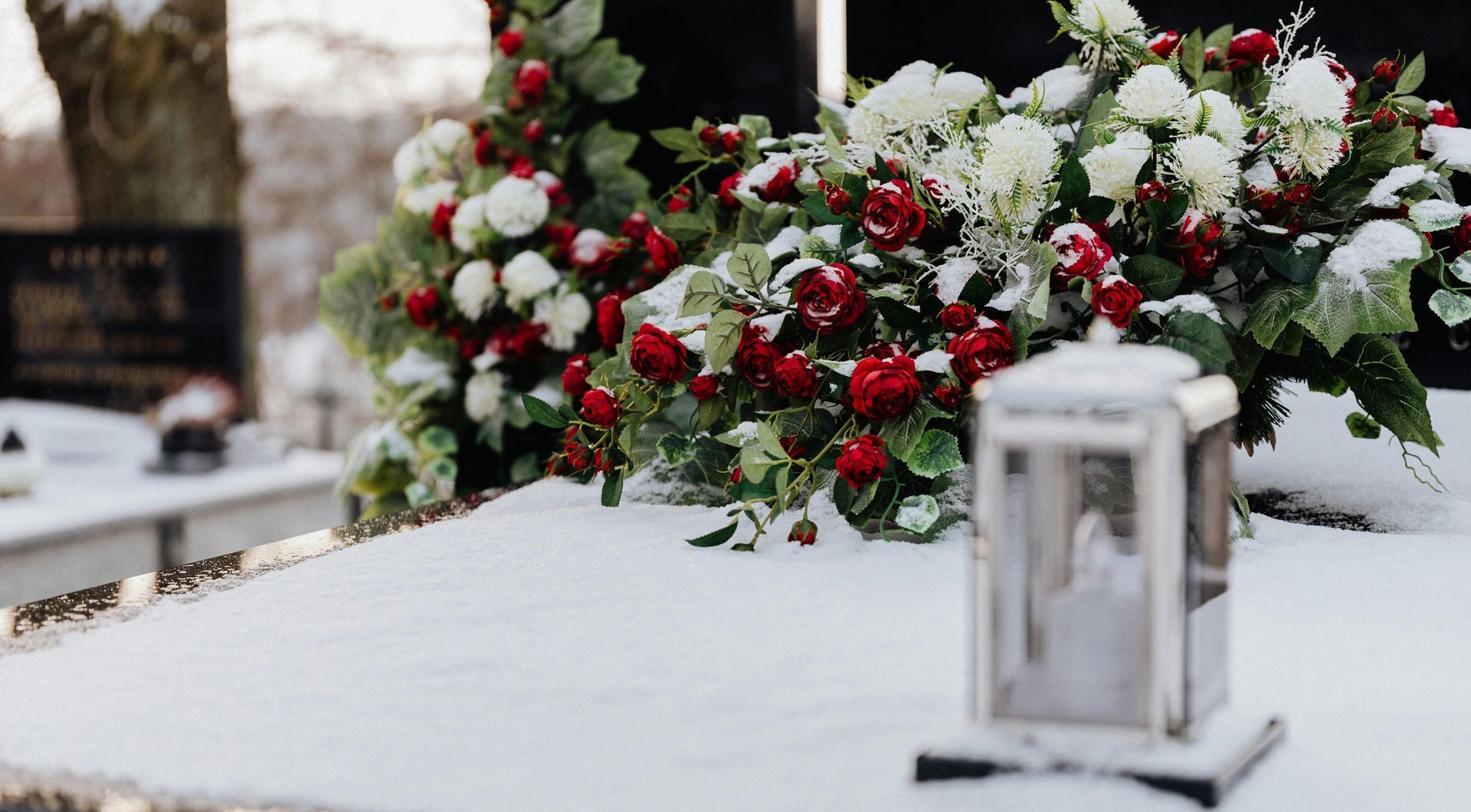What Is Embalming?
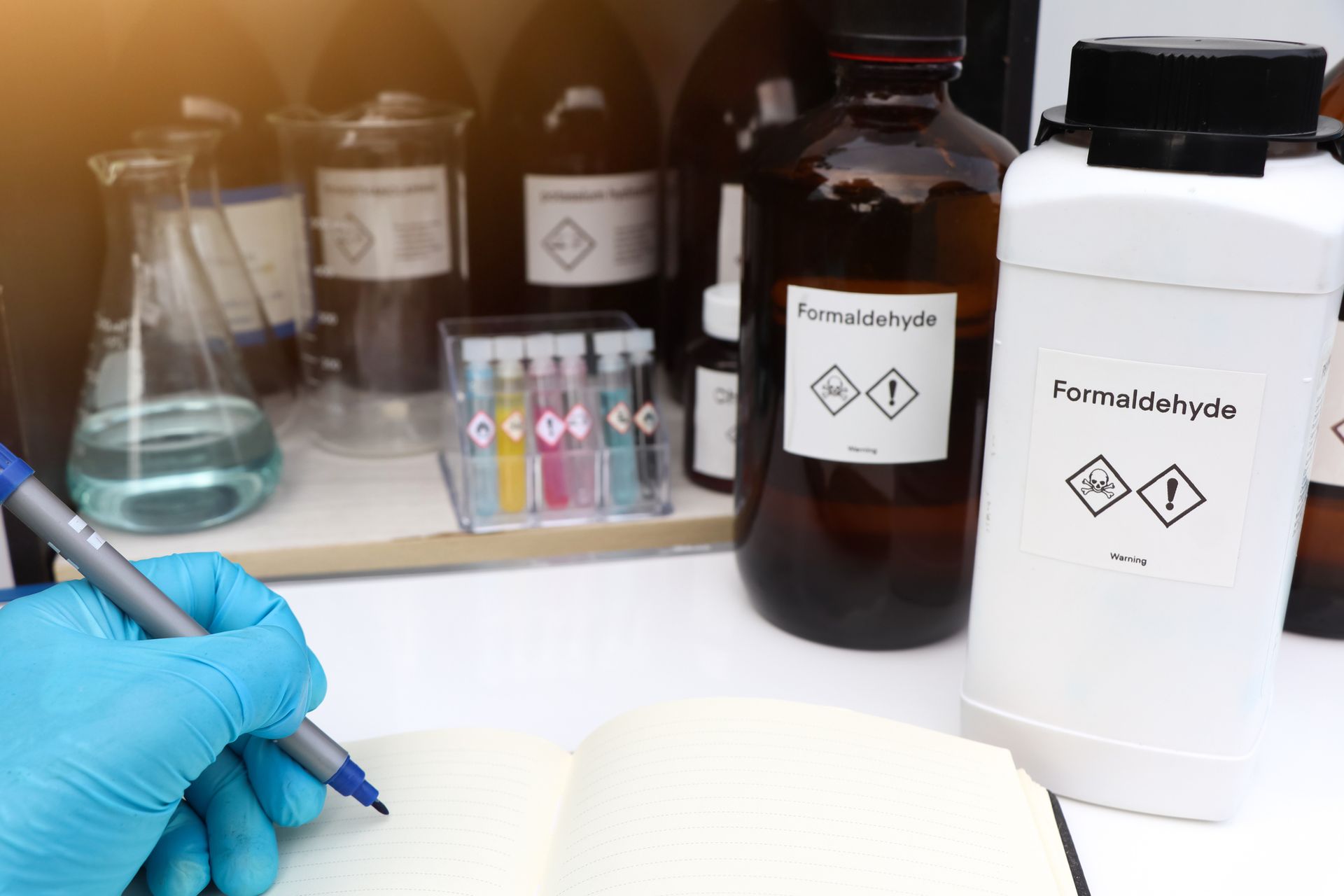
Embalming is a specialised process that preserves a loved one’s natural appearance, offering families the chance to say goodbye with dignity and respect. This process can help maintain peaceful memories, providing comfort during an emotional time. Embalming also ensures that your loved one is prepared for open-casket viewings or extended arrangements, giving families more flexibility in planning services.
Our experienced team is here to guide and support you through every step with compassion and expertise.What Is Embalming Fluid?
Embalming fluid is a specialised chemical solution used to preserve the human body. The primary purpose is to delay decomposition, especially when there is a need for a viewing or an extended period before burial or cremation. Embalming fluid replaces bodily fluids with a formaldehyde-based mixture, halting the natural breakdown process.
It also ensures that the body remains presentable, maintaining dignity for the deceased and comfort for loved ones. This practice aligns with culture and personal preferences, allowing families to honour and celebrate life while creating meaningful moments of remembrance.Why Is Embalming Done?
The main purpose of embalming is to preserve the body temporarily, allowing families and friends time to arrange funerals and commemorate their loved ones. This important step ensures the deceased is presented in a dignified condition, giving loved ones peace when attending viewings or ceremonies. It also prevents the body's decomposition, vital for hygiene and public health, especially during extended viewings or transportation.
This practice reflects care, compassion and respect for the deceased and those mourning, making it an integral part of funeral arrangements.
How Long Does Embalming Take?
Depending on various factors, the embalming process typically takes two to four hours to complete. These include the body's condition, the specific techniques employed, and the requirements of the services planned. This timeframe ensures thorough preparation, allowing for proper preservation and presentation.
Our licensed embalmers work meticulously to achieve a respectful result, balancing care and precision. Despite its technical nature, embalming is handled with empathy and a focus on preserving the dignity of the loved ones.
How Long Does Embalming Last?
On average, embalming can preserve a body for several days to weeks, ensuring it remains presentable for viewings and ceremonies. It is important to note that embalming does not provide indefinite preservation, as natural decomposition eventually resumes. The procedure offers a temporary solution for proper farewells and honouring traditions.
Can You Be Buried Without Being Embalmed?
Yes, it is possible to be buried without embalming. Embalming is not always mandated, leaving the decision to families and cultural practices. Some religious traditions and environmentally focused burial options specifically avoid embalming to prioritise natural decomposition. Burial without embalming often requires refrigeration or immediate burial to preserve the body temporarily. Green burial sites promote sustainable practices and frequently prohibit embalming to align with their ecological values.
It is important to consult local laws and cemetery regulations, as specific guidelines may vary. Ultimately, this choice reflects personal, cultural, and environmental considerations tailored to individual preferences.
Can You View a Body Without It Being Embalmed?
Viewing a body without embalming is possible, though certain conditions may apply. Many funeral homes and cultural traditions accommodate this preference, mainly when services occur shortly after death. Without embalming, refrigeration is often used to preserve the body temporarily. While natural changes to appearance might occur, they are typically minimal within the first 24 to 48 hours. Families choosing this option often do so for personal, religious, or environmental reasons. Communicating these wishes with the funeral provider is essential to ensure proper preparation. This approach allows for a natural farewell while respecting individual values.
How is Embalming Done?
The embalming process is a meticulous procedure performed by trained professionals to preserve the body and prepare it for final arrangements. This practice involves steps designed to prevent decomposition and ensure a presentable appearance for ceremonial purposes. Each step requires precision and care, using specialised tools and chemicals to achieve the desired results. Below is an overview of the key steps involved in embalming:
- Sanitising the Body – The first step involves thoroughly cleaning and disinfecting the body. This helps to remove any contaminants and minimises the risk of infection for those handling the remains.
- Setting Facial Features – The eyes, mouth, and other facial features are positioned and secured to create a natural, peaceful expression. Cotton or special tools may be used to support the features during this process.
- Arterial Injection of Preservative Fluids– A specialised machine injects embalming fluid containing formaldehyde and other chemicals into the arteries. This replaces the blood and treats the tissues to halt the decomposition process.
- Cavity Embalming– The body’s internal cavities are treated separately by removing fluids and gases and injecting them with preservative chemicals. This step ensures comprehensive preservation and prevents internal decay.
- Final Preparation and Dressing – Once the body is preserved, it is thoroughly cleaned and dressed according to the family’s wishes. Any makeup or restorative work is applied to ensure the body appears natural and presentable for viewing.
Funeral Farewell with Care
Choosing the right funeral services can make a meaningful difference during a difficult time. Embalming allows families to honour their loved ones with dignity and grace. Bridgewater Funeral Services is proud to serve Bridgewater and surrounding Somerset communities with compassionate care and professional expertise. Contact us today to discuss personalised funeral arrangements or to learn more about our wide range of offerings. Together, we’ll create a thoughtful farewell for those you hold dear.
